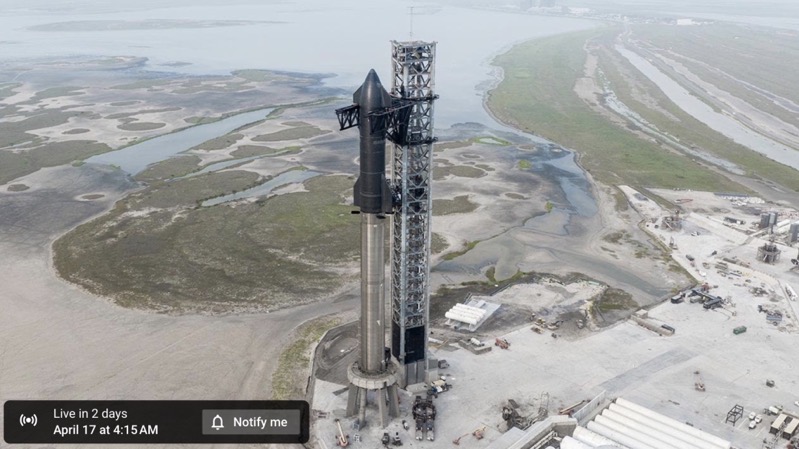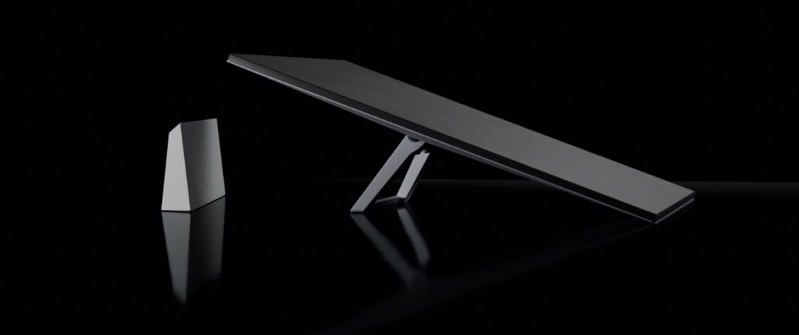
SpaceX Starship to Relaunch in About 6 Weeks, with 1000+ Changes

In a Twitter Spaces discussion on Saturday, SpaceX CEO Elon Musk revealed that his team requires approximately six more weeks to incorporate a multitude of changes to their Super Heavy/Starship rocket and the Texas launch pad.
This comes before the company’s second attempt to reach orbit after the maiden launch on April 20, which saw engine failure, and a self-detonated explosive end to the Super Heavy’s debut flight.
Speaking to author Ashlee Vance, Musk disclosed that SpaceX is implementing “well over a thousand” changes to the Super Heavy/Starship system. He optimistically noted, “I think the probability of this next flight working, getting to orbit, is much higher than the last one. Maybe it’s like 60%. It depends on how well we do at stage separation.”
During the initial flight, the Super Heavy encountered multiple engine shutdowns, preventing the Starship from separating from the first stage. This led to a descent into a tumble from an altitude of about 24 miles before the self-destruct system was activated. The destruction process, however, took longer than anticipated.
For the upcoming launch, the stage separation system has been significantly altered. Musk described a “hot staging” technique, a method long-used in Russian rockets, where the Starship’s engines start firing before all the Super Heavy engines have ceased. The procedure will necessitate shielding at the top of the Super Heavy stage and a vented extension to direct the upper stage engine exhaust away from the lower stage during the startup phase.
Musk explained that “hot staging” could provide a “meaningful payload-to-orbit advantage,” estimating a conservative improvement of about 10%. However, he flagged it as the riskiest element of the upcoming flight.
In response to the engine troubles from the first flight, alterations to the Raptor’s hot gas manifold are also being introduced. This includes a redesign of the manifold itself and more secure bolt tightening to avoid potential leaks.
The maiden flight also resulted in damage to the launch pad at SpaceX’s Boca Chica, Texas, flight test facility. Musk shared plans for an addition of approximately 1,000 cubic meters of steel-reinforced high-strength concrete to the pad, and an innovative “gigantic upside-down showerhead” feature that blasts water upwards to counteract the heat from the booster.
While the revamp was described as “overkill” by Musk, he assured that these additions would leave “the base of the pad in much better shape than last time.” He also revealed that the rocket would take off at a higher throttle setting for quicker clearance from the pad.
The discussion did not cover any updates to the Super Heavy/Starship’s self-destruct system. For the second launch to proceed, the FAA will have to approve that system and all other safety-related updates.
When questioned about the investment into the Super Heavy/Starship program, Musk estimated the costs to be over $2 billion, potentially reaching close to $3 billion by the end of the year, reports CBS News.
Musk remained ambiguous about the greatest challenge to producing a commercially viable rocket, noting that unknowns would be revealed only upon reaching orbit. He stressed that stage separation appears to be the most significant risk at present.
Listen to the full replay of the Twitter Spaces below:
— Ashlee Vance (@ashleevance) June 24, 2023

